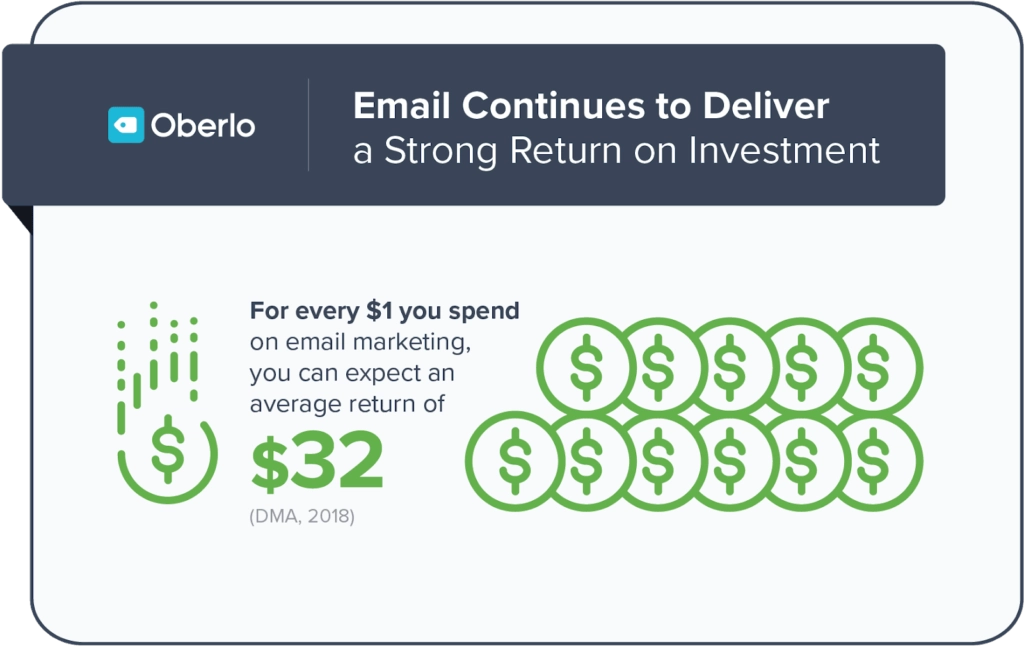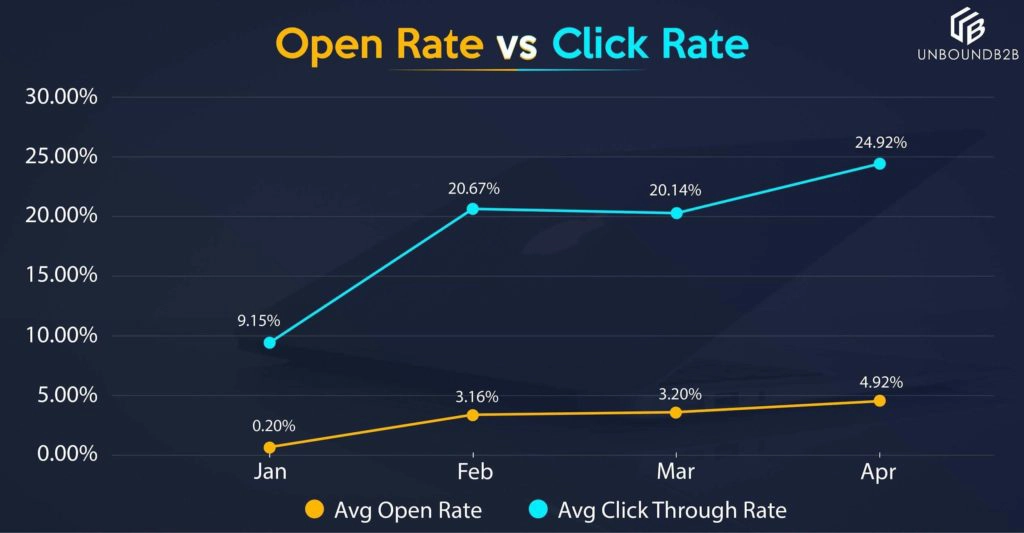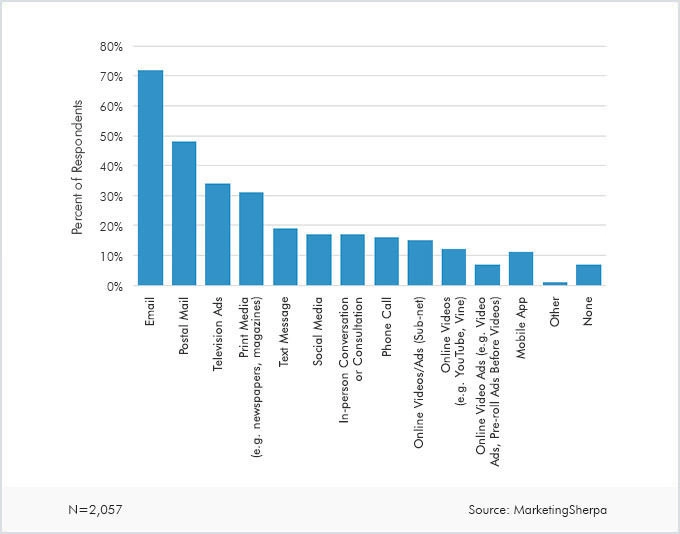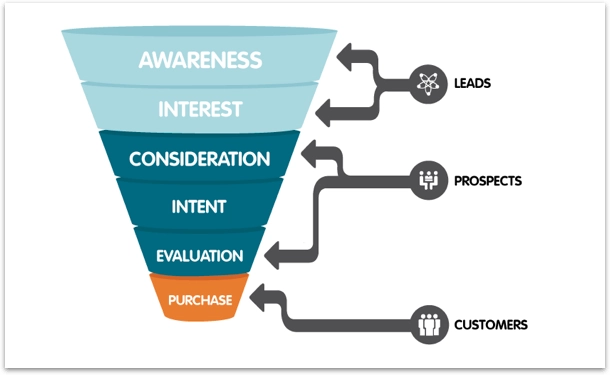
Introduction
The COVID-19 pandemic has created uncertainty in the business world. The fact that there are no conclusive predictions on how long things will remain this way makes it even worse. For B2B companies across the world, this situation creates more lead generation challenges. With the conventional in-person selling now suspended, sales teams in B2B companies have to find other ways of generating demand for their products and services.
Email and telemarketing are options that companies can use to generate leads while meeting the social distancing requirement in the current environment. But, which of these two communication channels provides the most viable option for demand generation during the COVID-19 pandemic? In this article, we explore the two marketing channels and help you determine which of the two offers B2B businesses a better chance at improving demand generation during the lockdown period.
6 ways why email marketing is better than telemarketing:
- Email Marketing Offers a Higher ROI than Telemarketing
- Email Marketing Produces Better Results than Telemarketing
- Cold Emailing is Better than Cold Calling
- Follow Up is Easier on Email than on Phone
- Versatility is Higher on Email Marketing than Telemarketing
- Customer Journey Alignment is Easier on Email than on Telemarketing
#1. Email Marketing Offers a Higher ROI than Telemarketing
Email marketing does not provide a better way to generate demand, it also cost effective compared to telemarketing. Statistics also show that companies that use email marketing register a higher rate of return than telemarketing. Compared to an $11 return on investment that B2B companies get for every $1, email marketing gives a $32 return for every $1 spent.

But it takes effort to register these kinds of returns with email marketing. Some of the things that B2B companies need to do to win in demand generation with emails include:
- Automate email marketing process
- Segment their target audience
- Understand the needs of each segment and share content that is relevant to each segment
- Personalize emails to increase open rates
- Use catchy subject lines
- Give prospects an offer they cannot resist
#2. Email Marketing Produces Better Results than Telemarketing
Engagement rates such as read rates, click-through rates and conversion rates are some of the key indicators that B2B sales teams and marketers use to track demand generation. When it comes to nurturing leads, email marketing produces better results than telemarketing. Statistics show that only 5% of calls made by sales reps generate quality leads compared to an 8% click through rate that emails register. This rate is even higher when B2B companies personalize their emails – which generates a high of 14% click through rate and a 10% conversion rate.
At UnboundB2B, we can help businesses to get higher click-through rates from their email campaign. The graph above shows the email open rates and click-through rates that we have helped our customers realize over the last four months. These are way higher than any average rates you’ll find out there.

#3. Cold Emailing is Better than Cold Calling
While telemarketing has been in use for a long time, B2B sales teams that use this communication channel risk being perceived negatively by their prospects when they make cold calls during the pandemic. Compared to emails, cold calls are viewed as invasive because you are calling people that you have no previous relationship with. As a result, a high number of prospects – up to 84% – find sales reps to be annoying and pushy.
In the US, states such as New York have banned unsolicited calls to prospects saying that under the current circumstances, cold calls could interfere with people’s ability to receive the information they need to keep safe. It’s not just customers that are not into cold calling – sales teams dread it too. Statistics show that 63% of salespeople consider cold calling as the worst part of their job.
On the other hand, email marketing provides a better, non-invasive way of reaching prospects during the pandemic. A study conducted by MarketingSherpa shows that 72% of consumers want promotional messages sent to them via email and less than 20% want the messages sent via phone.
Though it may be challenging to get email contacts in the beginning, email marketing provides an easier way of initiating a conversation with prospects when targeting is done correctly. When combined with attractive subject lines and personalization, targeted emails can have a significantly high open rate as evidenced by a cold email study that registered a 45.5% open rate.
Ideally, a good cold email should:
- Be personalized – directed to a specific person
- Have contact information of the sender including job title, phone number and website
- Customized content for the target
- A request that is specific
- A hook to initiate conversation

#4. Follow Up is Easier on Email than on Phone
Some prospects don’t like it when salespeople constantly call them to follow-up on the initial conversation. If B2B sales reps don’t hear from prospects and they want to close deals without being pushy, email marketing provides unique benefits in conducting follow-ups. For starters, emails are less intrusive compared to phone calls.
Even where a B2B company opts for telemarketing to generate leads during the pandemic, email marketing still comes in handy to keep the discussion with prospects going until they are ready to talk on the phone again. Here’s why:
- Compared to phone conversations, B2B companies can make their follow-up emails visual more interesting to read
- Unlike phone interactions where prospects have to respond immediately, emails allow prospects time to think about what is being shared.
- Prospects can organize their emails with labels like ‘important’ or ‘follow-up later’.
To keep the conversation with prospects going on email, B2B sales teams need to make follow-up emails interesting by providing relevant information. Ideally, follow-up email messages should:
- Focus on prospects and the industry they are in
- Their pain points and how the product being offered addresses it
- An easy-to complete request like reference in the organization or a pre-scheduled call
#5. Versatility is Higher on Email Marketing than Telemarketing
There is so much a B2B company can do with email marketing that it cannot do with telemarketing. The versatility of email marketing is best demonstrated in its ability to integrate seamlessly with other marketing tactics. This in turn boosts a company’s demand generation efforts and maximizes their marketing investments.
For instance, B2B companies can support social media campaigns with email marketing. If the company is running a giveaway or contest on social media to generate demand for a product or service during COVID-19 pandemic, email marketing can be used to drum up the campaign. In addition, companies can use email marketing to expand their social media audience by including call to action (CTAs) and social share buttons on email content.
Email marketing also enables B2B businesses to place valuable content right in front of prospects in a way that telemarketing cannot. However, create demand for your product or service, B2B companies need to be strategic in their email marketing efforts. They can do this by:
- Ensuring that they are not being spammy
- Personalizing email interactions e.g. addressing prospects by name
- Sending relevant content that resonates with prospects as opposed to generic messages
- Segmenting their audience based on demographics, location, industry etc
- Automating the email marketing process
#6. Customer Journey Alignment is Easier on Email than on Telemarketing
B2B selling has a longer cycle than B2C selling. As a matter of fact, two-thirds of B2B’s buying process takes place before prospects are contacted by a sales rep. This is because B2B buyers search for information online – which shifts the requirements that B2B companies should consider when designing marketing programs.
The longer selling process means sales teams have to engage their prospects longer before they convert. One of the things that makes email marketing more effective in demand generation for B2B companies is making email content relevant to the target audience depending on where they are in their customer journey.

- Awareness Stage: For prospects who are at this stage, email communication should be focused on raising the level of awareness of the problem and sharing what a B2B company offers. Some interesting content to include to attract prospects at this stage are discount codes or offers
- Consideration Stage: Engaging prospects who are at this stage is critical because they are exploring solutions. Email content should focus on aligning B2B solutions to prospect’s needs.
- Decision Stage: Here, prospects are making purchase decisions – email content should focus on providing information to help them make these decisions. Content could include customer testimonials, product prices, free trials among others.
While it is possible to do this via telemarketing, the amount of knowledge that a sales rep can pass on to a prospect via phone is very limited whenever they get customers on call. In this case, telemarketing can only serve the limited role of moving the conversation on email. B2B can keep the
Wrap Up
COVID-19 has changed the way businesses run their operations. While all functions in B2B businesses have been affected in one way or another, the sales and marketing functions have been hit hard. Sales teams can no longer book appointments with prospects and meet them for one-on-one sessions due to the social distancing and stay-at-home guidelines issued by the World Health Organization.
Despite the operating environment that businesses find themselves in currently, email marketing and telemarketing are communication channels that B2B companies can use to generate demand during the COVID-19 pandemic. The two channels provide a good chance to reach prospects.
However, email marketing seems to provide a better way for B2B companies to generate meaningful conversations with prospects without being pushy or annoying under the current circumstances.
Our blog
Latest blog posts
Tool and strategies modern teams need to help their companies grow.

This comprehensive guide covers everything about service marketing—its unique chara...

Believe it or not, the concept of content sharing existed long before the Internet. I...

Sales analysis is essential to avoid inaccurate forecasts and identify improvement op...




